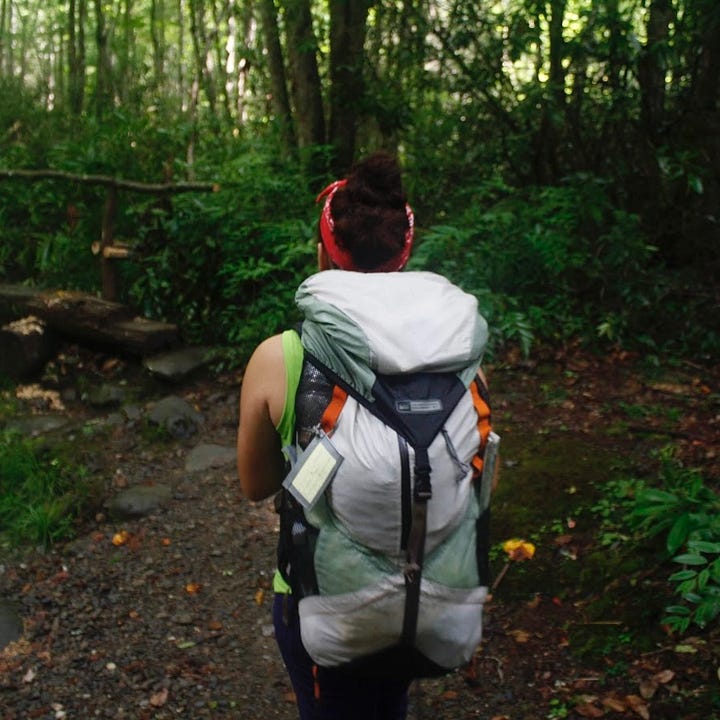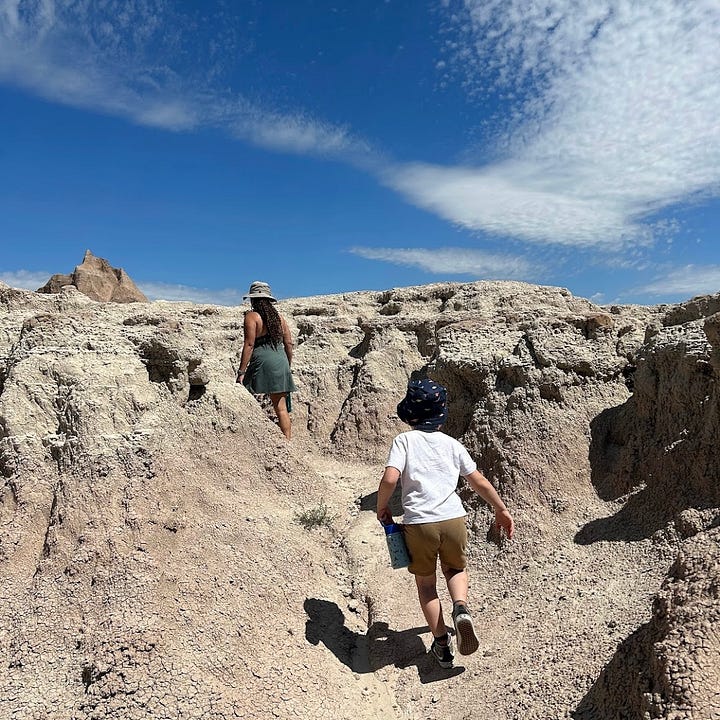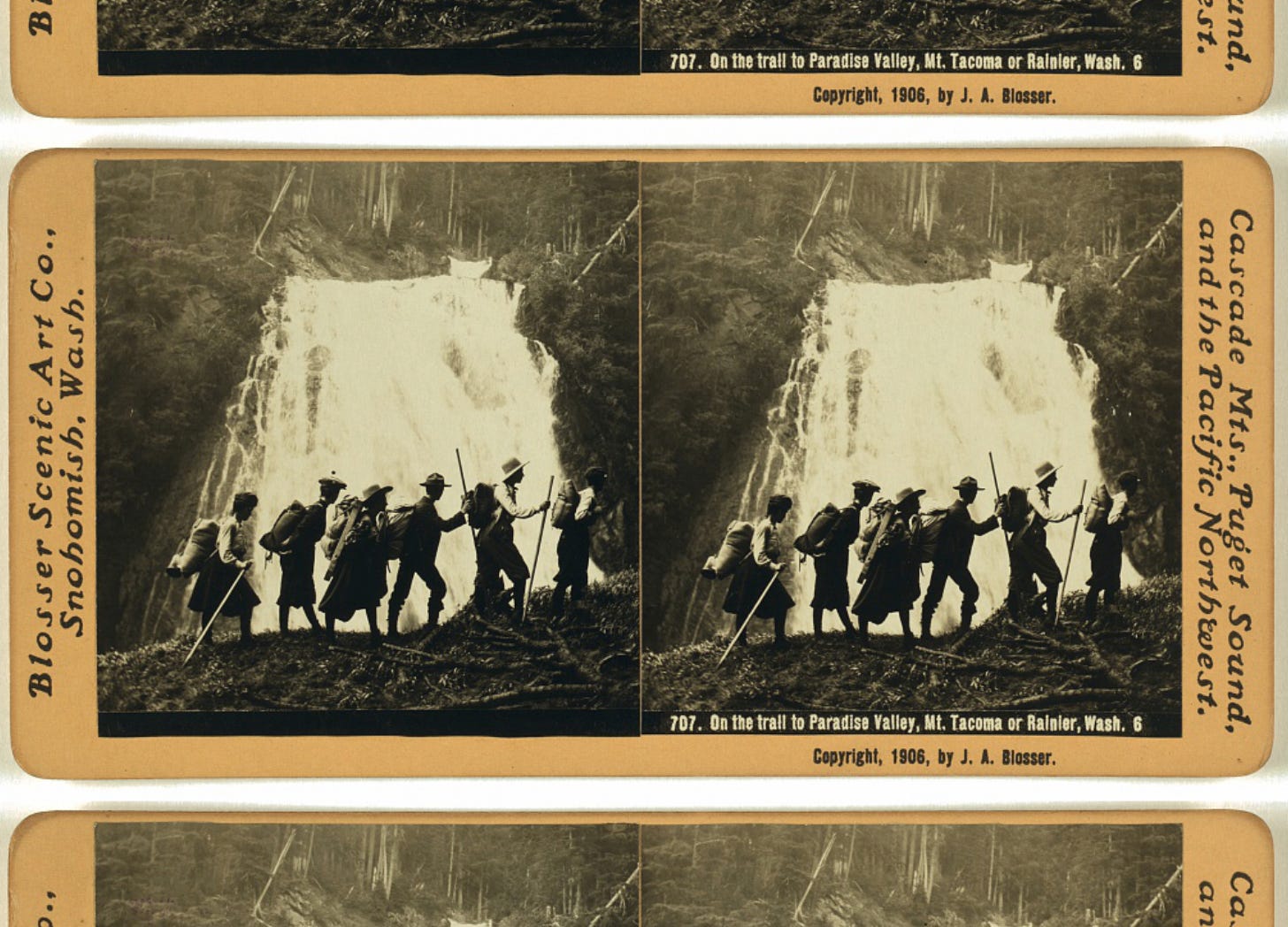How to (Safely) Hike When it Feels like 199° Out There
"Is anyone else hot?" By the end of this adventure, you definitely will be.
Ready your daypacks, campers, because the best time to get out on a summer hike is early in the day. Hiking can take the wind out of you on even the best-weather days, but clocking in miles during the hottest part of summer takes some extra precautions. Here’s how to stay cool for a great time on the trail.
Trek the Right Trail at the Right Time
Embarking on a hike at 8 a.m. on a 90-degree day is vastly more enjoyable than heading out after noon. Leave out early in the day or in late afternoon, and on a trail that limits sun exposure. Shaded trails can be noticeably cooler, and hikes along creeks gives you the option to jump in and cool down.
Opt for Comfortable Activewear
Many backpackers are devoted to the phrase “cotton kills” — wet cotton takes forever to dry and holds moisture close to your body, which causes chafing at best and (wintertime) hypothermia at worst. There are a lot of disputes about this within the hiking community, but the takeaway here is moisture-wicking clothes can make your hot-weather hikes more comfortable, especially if you’re out and about in exceptionally humid conditions (which make it difficult for your sweat to evaporate properly).


Pack Smart
The heavier your daypack, the more exhausted you’ll be lugging it on a long hike. Tailor your essentials based on your selected hike, and be sure to pack more water than you think you’ll need.
Take Care of Yourself
You’ve gotta practice self-care in the woods, friends. Warm-weather hiking means more sweating and more hydration. Don’t forget regular sunscreen application. Expect to move slowly in the heat and take more trailside breaks. The goal isn’t to hike fast or really even that far — but to enjoy the view regardless.
Know the Signs of a Bad Time
The trail ahead is occasionally perilous, sometimes due to intense heat. Even the most sun-loving outdoor humans can have a run-in with heat exhaustion or heat stroke. Nausea, vomiting, headaches, cramps, and cool, moist skin can be signs of heat exhaustion (which are treated with rest, cooling down, and drinks with added electrolytes). Heat stroke can cause a weak or rapid pulse, confusion, unconsciousness, seizures, and even mimic a heart attack — these symptoms require immediate medical attention. The best way to hike safely this summer might be hitting the trail with a friend so you can share the views while looking out for each other. 🥾
Art note: “On the trail to Paradise Valley, Mt. Tacoma or Rainier, Wash.” captured in 1906 by J. A. Blosser of the Blosser Scenic Art Co. Courtesy of the Library of Congress.



